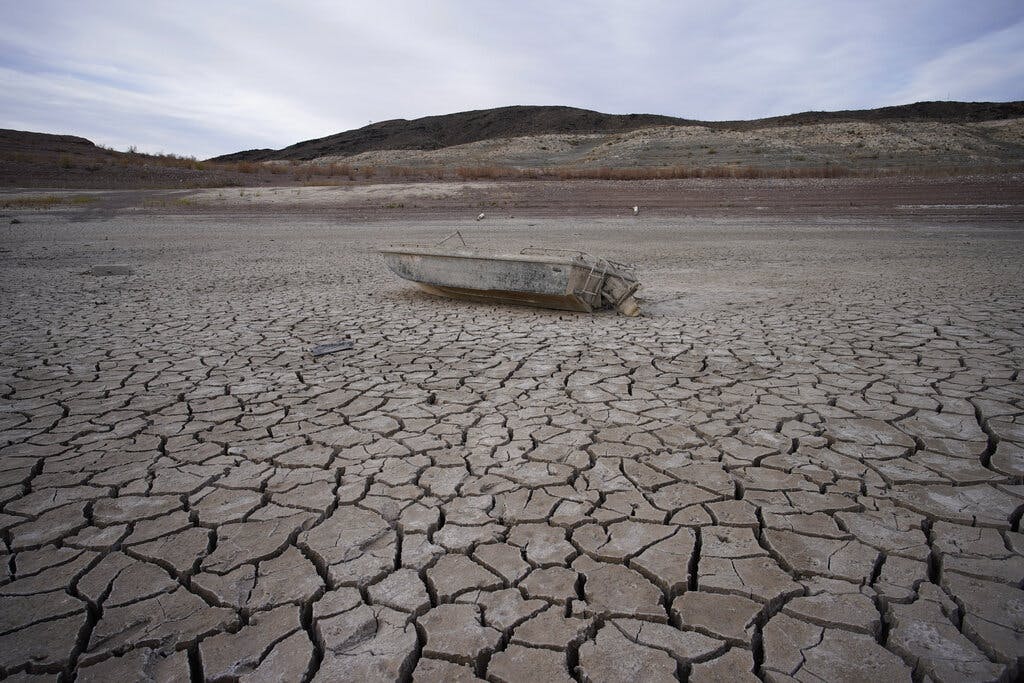Scientists Predict a New ‘Triple Whammy’ Threat to Earth’s Future
‘The result is a mostly hostile environment devoid of food and water sources for mammals.’

In a groundbreaking exploration into Earth’s distant future, an international team of scientists has presented a scenario that could spell a dramatic shift in the survival of nearly all species of mammal, including humans.
Utilizing advanced climate models and supercomputing power, the researchers have outlined a “triple whammy” event marked by severe food shortages, rising sea levels, and large swathes of the planet becoming so hot as to be uninhabitable.
Contrary to what many might assume, this catastrophic forecast isn’t directly attributed to the current climate change crisis but to a geological phenomenon predicted to occur 250 million years from now. The team’s findings suggest that the merging of all continents into a single, vast landmass, a supercontinent dubbed “Pangea Ultima,” will trigger this existential threat.
The formation of this supercontinent is expected to alter the planet’s climate drastically. A hotter, drier, and largely uninhabitable landmass will emerge due to increased volcanic activity, which will release significant amounts of carbon dioxide into the atmosphere. This, combined with a brighter and warmer Sun, will push Earth’s temperature to between 104 and 122 degrees Fahrenheit.
“The newly emerged supercontinent would effectively create a triple whammy, comprising the continentality effect, hotter Sun and more CO2 in the atmosphere, of increasing heat for much of the planet,” the lead author, Alexander Farnsworth, of the University of Bristol, told Metro.
“The result is a mostly hostile environment devoid of food and water sources for mammals,” Dr. Farnsworth said. “Humans — along with many other species — would expire due to their inability to shed this heat through sweat, cooling their bodies,” he said.
Yet a co-author, Eunice Lo, told the U.K. paper that focusing on the present might be the key.
“It is vitally important not to lose sight of our current climate crisis, which is a result of human emissions of greenhouse gases,” she said. “While we are predicting an uninhabitable planet in 250 million years, today we are already experiencing extreme heat that is detrimental to human health. This is why it is crucial to reach net-zero emissions as soon as possible.”

